Even though I consider sunrises and in particular sunsets as subjects more suitable for teenage bedroom posters than for fishing pictures, I have to admit that I have shot my fair part of them
Even though I consider sunrises and in particular sunsets as subjects more suitable for teenage bedroom posters than for fishing pictures, I have to admit that I have shot my fair part of them and have seen even more - a lot of which were actually very good.
Sure the subject is one of the largest cliches around and sure it's like: seen one, seen 'em all. But sunsets and in particular sunrises manage to surprise me and mesmerize me again and again, and like most people I can't help pointing my camera at the rising or setting sun to try to capture the beauty.
So I - like most other photographers - need to tune my exposure and composition to get the most of the situation.
OK, I'm shooting the sun. That's the idea. Utilizing the magic light found when the sun is low is covered in another article called Glorious light. This article is about the sun itself. The disc. Or at least reflections of the disc, as we see it in the water or another reflective surface.
Most sunsets are beautiful when seen with the bare eye. Some are spectacular and some are simply out of this world. As is the case with many phenomenons in nature, it's not easy to catch what the eyes see. Our eyes and the brain have a fantastic ability to adapt and present things in ways that are hard to get into the camera.
When shooting into the sun, we need to take a few things into consideration:
Brightness
When on the sky or just a few degrees above the horizon, the sun is extremely bright. It's hard to expose for its actual brightness, but if you try, you will most likely get a yellowish red circle and everything else will be very dark. If you on the other hand overexpose to get the surroundings visible, the sun itself and the area around it, will become a white, burned out spot in your image.
There's a huge difference from day to day or even hour to hour. Sometimes the sunlight is war and orange while it's brightly white and almost cold at other times. Haze, cloud cover and other factors have a huge influence, and you never know exactly how the sun will look in your picture. A bright sun in a deep blue sky can be fantastic or boring, bright or dull, white or orangy.
Luckily the rising and setting sun is not quite as bright, although it's still very bright. As long as it's just in the horizon or hidden behind a few clouds or a bit of fog, it's much easier to get exposed in a way that makes it look good. In those instances the sun and the light it emits is in balance, and the disc won't overpower everything else.
So you either need shoot when the light from the sun and the sun itself is in balance. That can be a question of minutes. It's there and then gone. Alternatively you can underexpose to get an expression, which is not natural but has a lot of visual effect. Using underexposure you can get some extreme teenage bedroom poster looks, but also something that can be quite pleasing.
Just a circle
All other things considered, the sun is actually a pretty boring subject, and an image of the sun alone will not thrill. You need something else in there - something to contrast or enhance.
Silhouettes are obvious: a tree, an angler, a boat or what you have. Shot against the bright disc, you can get some really nice effects.
Clouds are another obvious contender. Clouds will almost inevitably make a sun more interesting, and the most astonishing shots of the sun almost always have clouds in them.
Since we're at the water, utilizing reflections is another way to give some counterbalance to the sun itself, and shooting the reflections alone can sometimes be a very good alternative to putting the sun in the frame.
Size
The sun itself has the size it always has. Our eyes and brain tend to zoom a bit and mentally we perceive the sun as larger when it's close to the horizon. It isn't, but our minds trick us to think so. The phenomenon is actually called the moon illusion.
But for sunsets and sunrises to look more dazzling we can zoom with our cameras to make the disc itself more dominant in the image. Simply use a telephoto lens. A 200mm will give a very pronounced effect, and with a 400 or a 600mm lens, we can get a very dominant sun, which fills a large part of the frame.
If you on the other hand use a wideangle lens, you can make the sun smaller and much less dominant, and have the very bright daylight sun placed in the middle of an image without it dominating very much.
- Log in to post comments

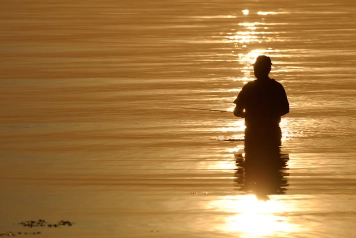

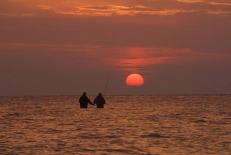
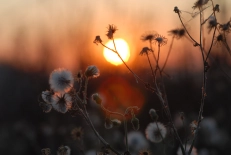
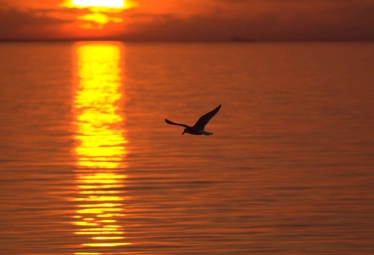
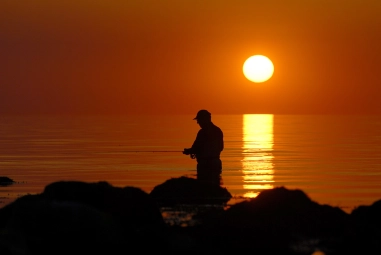


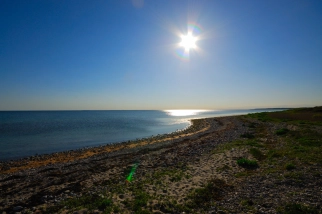
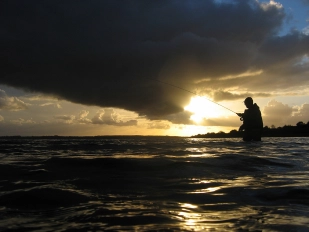
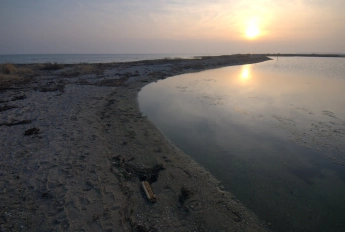
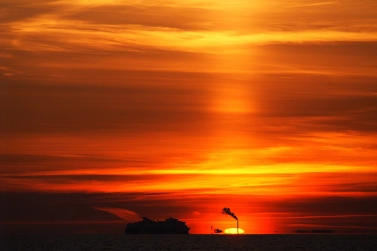
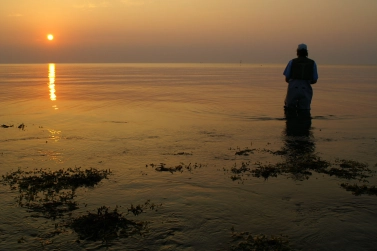
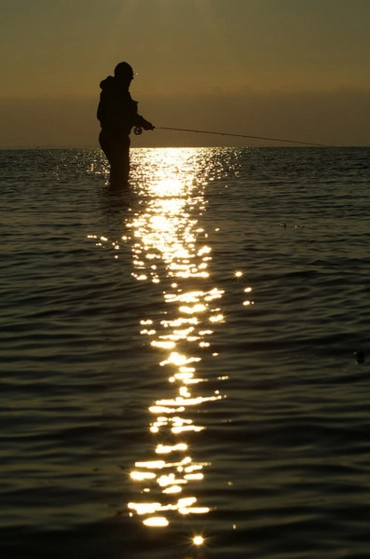

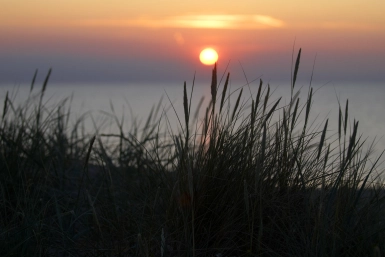

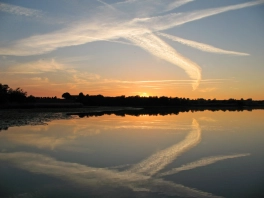
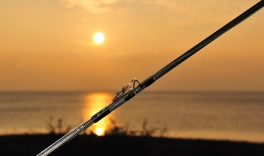
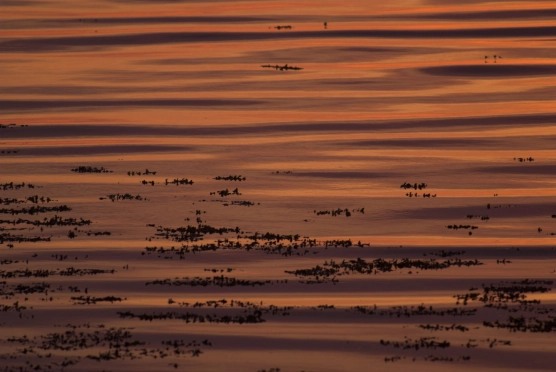

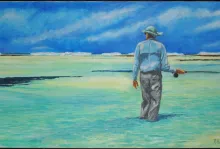
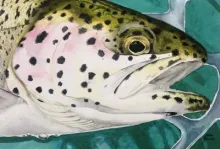
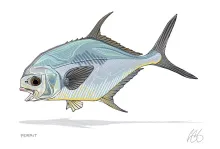



Beautiful photos!
Beautiful photos!